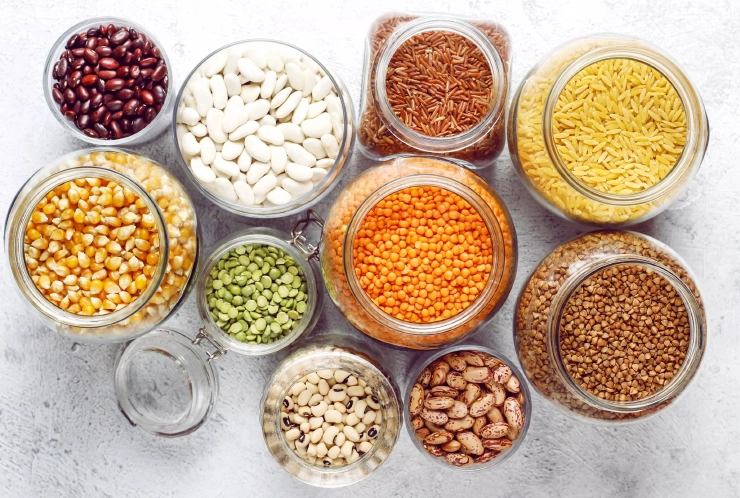
If you are tired of battling unexplained health issues or struggling with skin problems that seem to persist despite your efforts, then it might be time to consider the Elimination Diet. This approach isn’t just about shedding pounds but about uncovering the foods that nourish your body and enhance your natural beauty from within.
What is the Elimination Diet?
The elimination diet is a systematic approach to identifying food sensitivities and intolerances by temporarily removing certain foods from your diet and then gradually reintroducing them while monitoring for adverse reactions. By eliminating common trigger foods, you can pinpoint which ones may be causing inflammation, digestive issues, skin problems, and other health concerns.
Benefits of the Elimination Diet for Beauty and Health
Clearer Skin: Many skin issues, such as acne, eczema, and rosacea, are linked to food sensitivities. By removing potential triggers, you can achieve a clearer complexion and a radiant glow.
Improved Digestion: Bloating, gas, constipation, and diarrhea are often signs of food intolerances. The elimination diet can help you identify problematic foods and restore balance to your digestive system.
Increased Energy: Foods that your body struggles to tolerate can drain your energy levels. By eliminating these culprits, you may experience a surge in vitality and mental clarity.
Weight Management: Discovering which foods work best for your body can help you maintain a healthy weight more easily, as you’ll be nourishing yourself with foods that support your metabolism and overall well-being.
To create an elimination diet menu, you would typically remove common allergens or foods that are known to cause sensitivities.
Common foods to eliminate during an elimination diet include:
Dairy: milk, cheese, yogurt, etc.
Gluten-containing grains: wheat, barley, rye, oats
Soy: soybeans, tofu, soy sauce, etc.
Eggs
Shellfish
Peanuts
Tree nuts
Corn
Processed foods with additives and preservatives
Citrus fruits
Here’s for example one of the possible options of the Elimination Diet menu for the whole week
Day 1:
Breakfast: Quinoa porridge with almond milk and sliced strawberries.
Lunch: Grilled chicken breast with steamed broccoli and brown rice.
Dinner: Baked salmon with roasted sweet potatoes and asparagus.
Day 2:
Breakfast: Green smoothie with spinach, banana, almond milk, and a scoop of protein powder.
Lunch: Turkey lettuce wraps with avocado and salsa.
Dinner: Stir-fried tofu with mixed vegetables and quinoa.
Day 3:
Breakfast: Chia seed pudding topped with mixed berries.
Lunch: Lentil soup with a side of mixed greens.
Dinner: Grilled shrimp skewers with zucchini noodles and marinara sauce.
Day 4:
Breakfast: Oatmeal topped with sliced banana and a drizzle of honey.
Lunch: Mixed bean salad with cherry tomatoes, cucumber, and a lemon vinaigrette.
Dinner: Baked cod with roasted Brussels sprouts and wild rice.
Day 5:
Breakfast: Greek yogurt with sliced peaches and a sprinkle of granola.
Lunch: Quinoa salad with roasted vegetables and a balsamic glaze.
Dinner: Turkey meatballs with spaghetti squash and marinara sauce.
Day 6:
Breakfast: Scrambled eggs with sautéed spinach and whole-grain toast.
Lunch: Chickpea salad with diced bell peppers, cucumber, and lemon-tahini dressing.
Dinner: Grilled chicken skewers with cauliflower rice and steamed green beans.
Day 7:
Breakfast: Smoothie bowl topped with coconut flakes, sliced kiwi, and hemp seeds.
Lunch: Tuna salad lettuce wraps with avocado and cherry tomatoes.
Dinner: Baked tilapia with roasted root vegetables and a side of quinoa.
Remember to drink plenty of water throughout the day and listen to your body’s responses to these foods. Keep a food diary to track any symptoms or changes you experience during the elimination period.
The post Elimination Diet appeared first on The Fashiongton Post.
